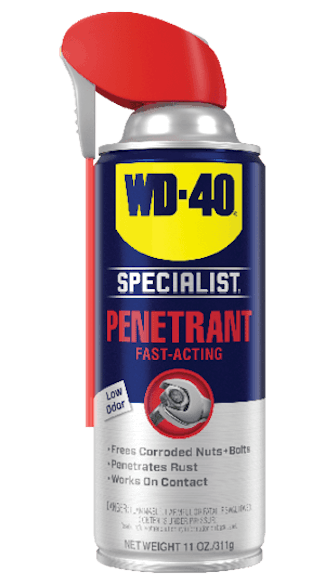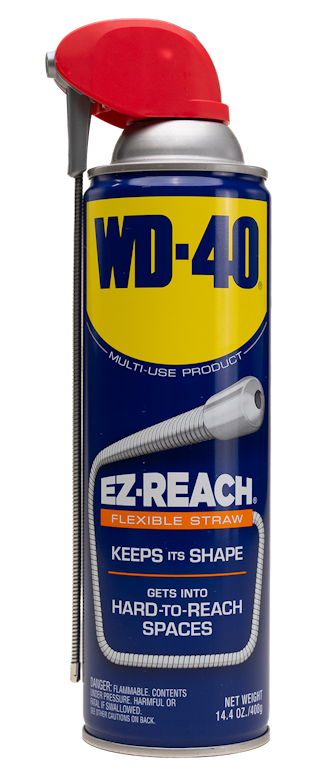How to Clear Clogged Sinks & Drains
How to Clear Clogged Sinks & Drains
<< BackNo matter how careful you are about what you put down your sink, a clogged drain is inevitable. Before you call the plumber, see if it’s something you can fix yourself by following the three options below.
Plunging it
Since most minor sink clogs can be cleared with a plunger, plungers should be the first option when you have a clogged or slow-running drain. Plunging creates pressure that forces a clog to move, which allows water to push it through your pipes and out of the way.
According to this article on wikiHow, you should remove any drain stoppers and block any extra openings to ensure you’re able to create enough pressure to remove the clog while plunging. Once this is done, you should partially fill the sink with water and form a good seal to start plunging. Be sure to work the plunger up and down several times before quickly pulling it off the drain opening. Once it’s removed, check to see whether the water quickly drains. If not, repeat the plunging process until the clog is removed.
Snaking it
If plunging doesn’t work, you will need to snake the drain. Before you do this, ensure you have the correct drain snakes by reading this article from About.com Plumbing. You can purchase snake drains at The Home Depot. To snake out the drain, you need to remove the sink trap first (watch how to do this at VideoJoeKnows’ YouTube page). Please note, this may require a pipe wrench. The next step is to put the plumber’s snake into the drain until you can feel some resistance and crank the snake handle clockwise while pushing forward until you can push the blockage free. For step-by-step directions and video on how to do this, check out this guide from About.com Plumbing. Caveat: take precaution if you have old or sensitive plumbing in your home.
Flushing it
Flushing a clogged sink drain with a drain cleaner is always an option; however, it’s important to stay away from commercial flushers that contain lye because it’s hazardous and can corrode your pipes. Instead, you can use baking soda and vinegar. eHow recommends to first pour a half-cup of baking soda into the drain and then pour one cup of vinegar into the drain. Allow the drain to sit for 30 minutes. Once the time is up, carefully pour hot water down the drain.
Lastly, if the above steps do not work, we recommend calling a local plumber, which you can find on sites such as Angie’s List or ProReferral.
Tip: Use WD-40® Specialist® Penetrant to loosen and penetrate rusted or stuck plumbing joints.
FEATURED PRODUCTS
WANT TO GET MORE TIPS AND TRICKS?
SUBSCRIBE TO THE NEWSLETTER


